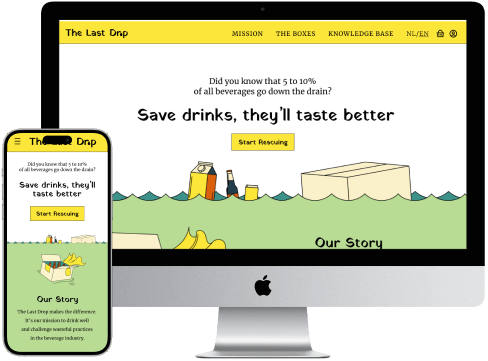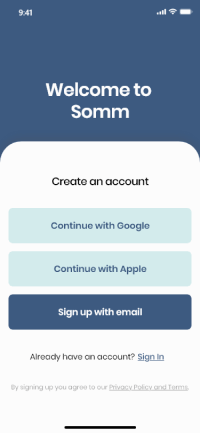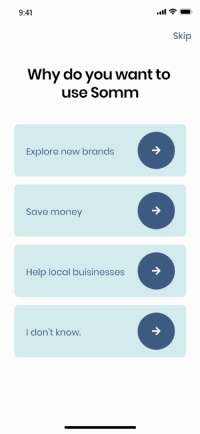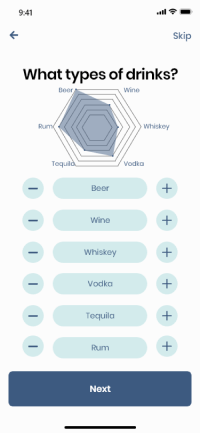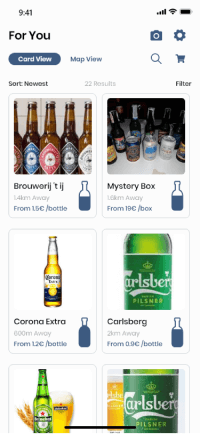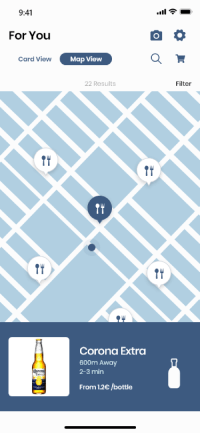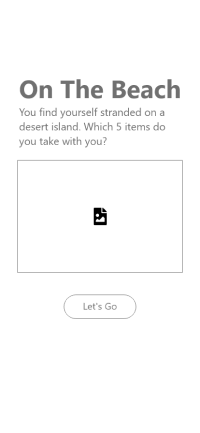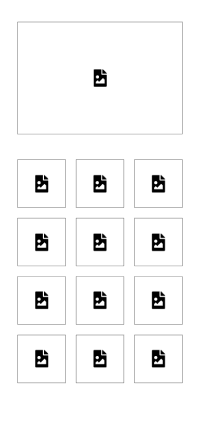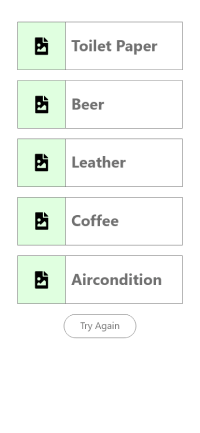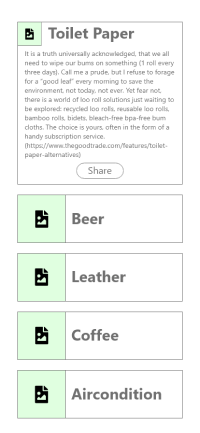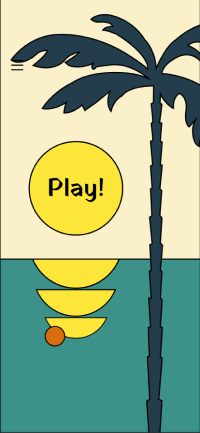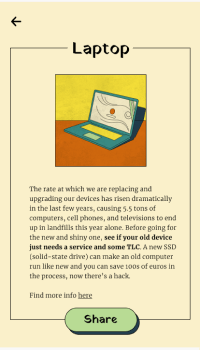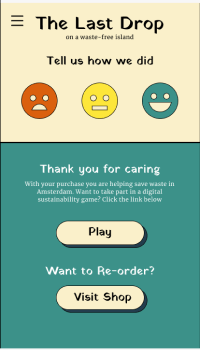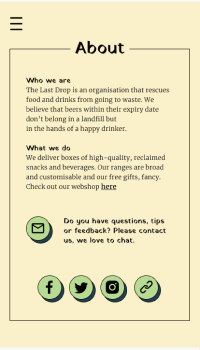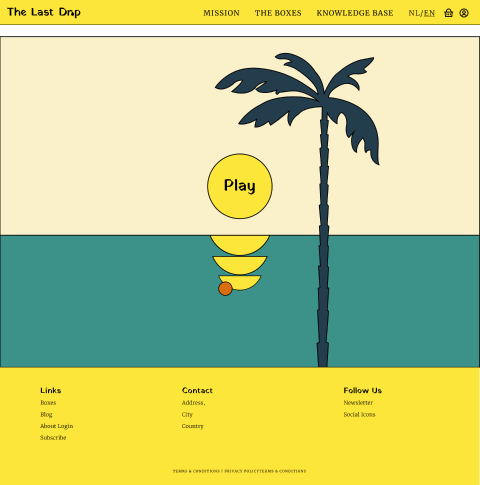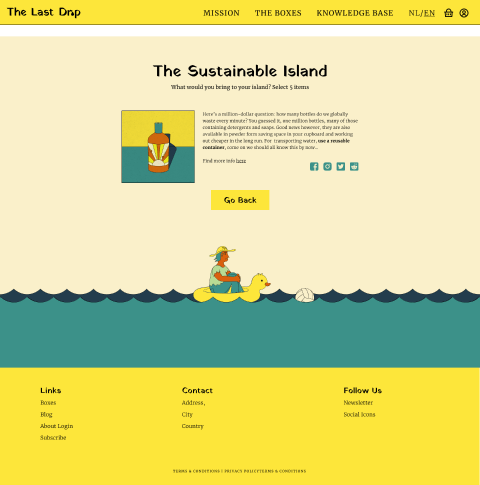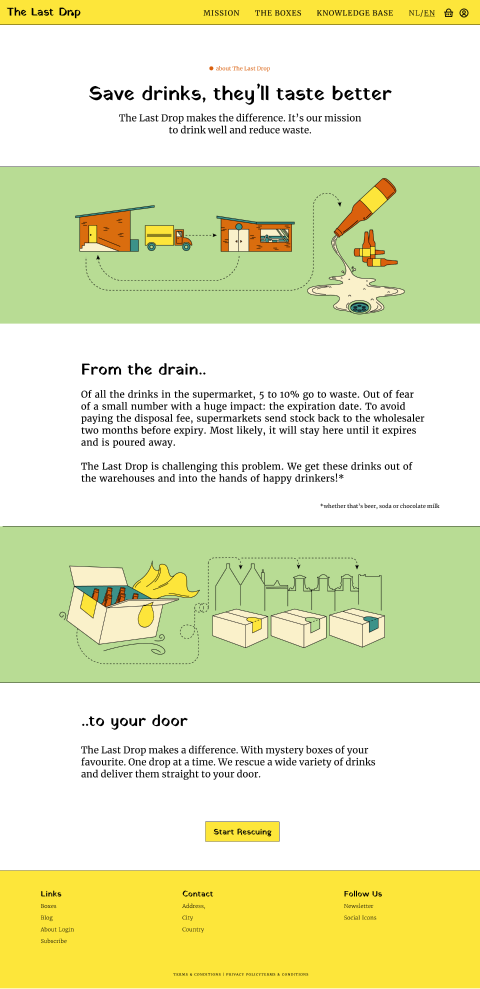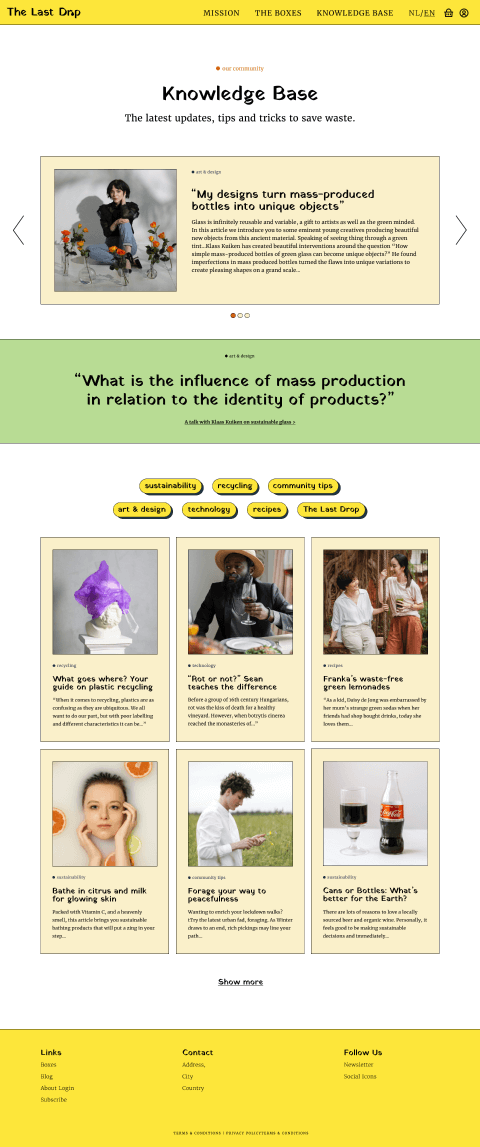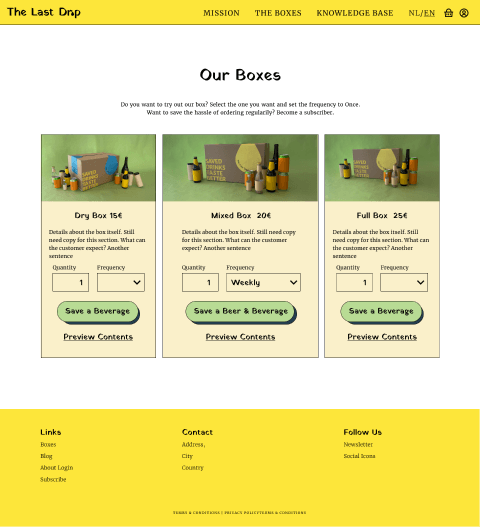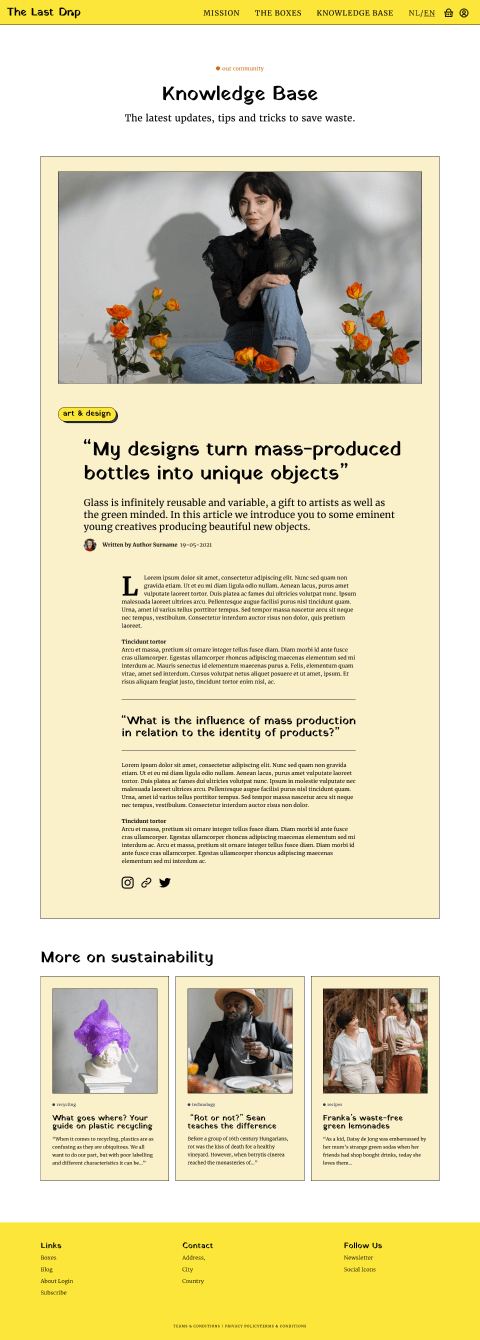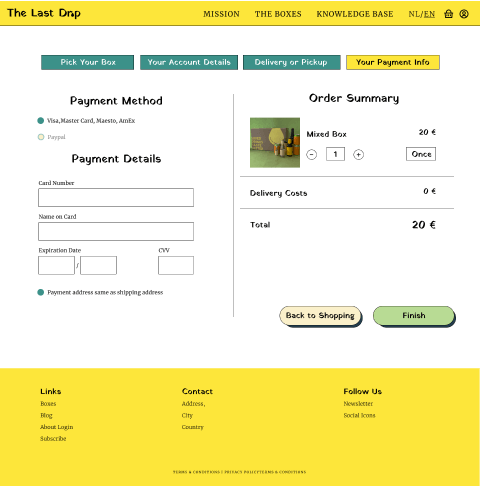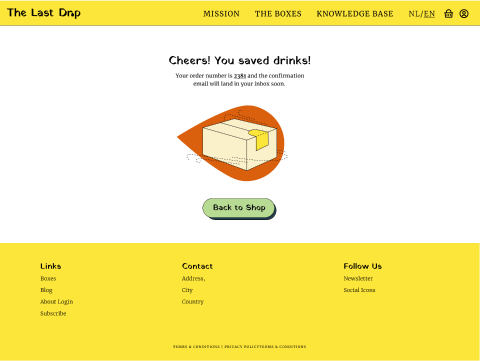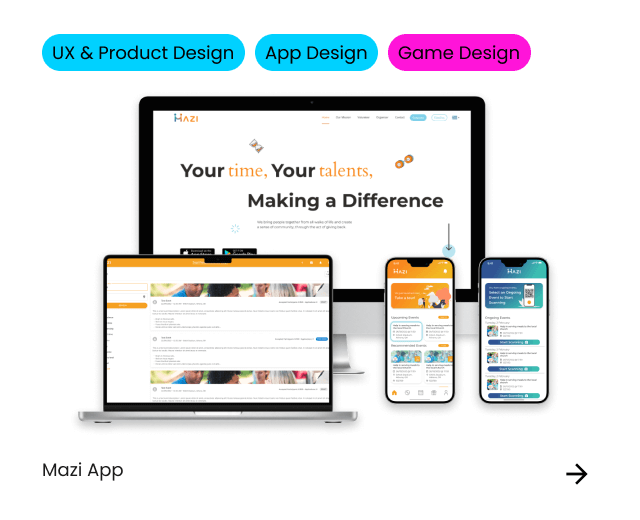About
How can we sell rejected beverage products for acceptable prices in a way that is Safe, Sustainable, Surprising and encourages the user to share the experience with others?
The Client
Lijfering – Food and Beverage Wholesaler in the Netherlands.
Solutions
A mystery box, that consisted of a selection of rejected, but still perfectly good to drink beverages.
A website where customers can order their own box and learn more about the problem space.
An interactive digital experience highlighting the importance of making sustainable choices in our everyday shopping.
Timeline
Research
HORECA Interviews
In order to understand the size of the problem space and other actors that are influenced we interviewed reasturant and bar owners in the discovery phase of the project.
- Lijfering
- Maximus Brewery
- Oedipus Brewery
Ideation
Situated Design
In the beginning we approached this problem focusing on how we might minimize the waste produced when the drinks are expired. We engaged in situated design practices by trying to bake with beer or turn spoilt wine into vinegar.
During the early stages of the project we organized a day of structured ideation sessions in the form of Crazy 8’s, Ideas remix and a hybrid storytelling exercise. In each session we voted for the best concept and ended up with a “Scavenger Hunt”, a “Delivery Box” and a “Beer Dating” app.
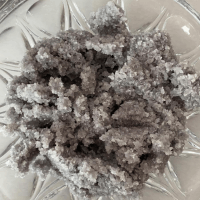
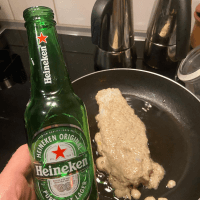
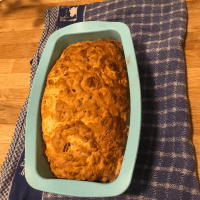
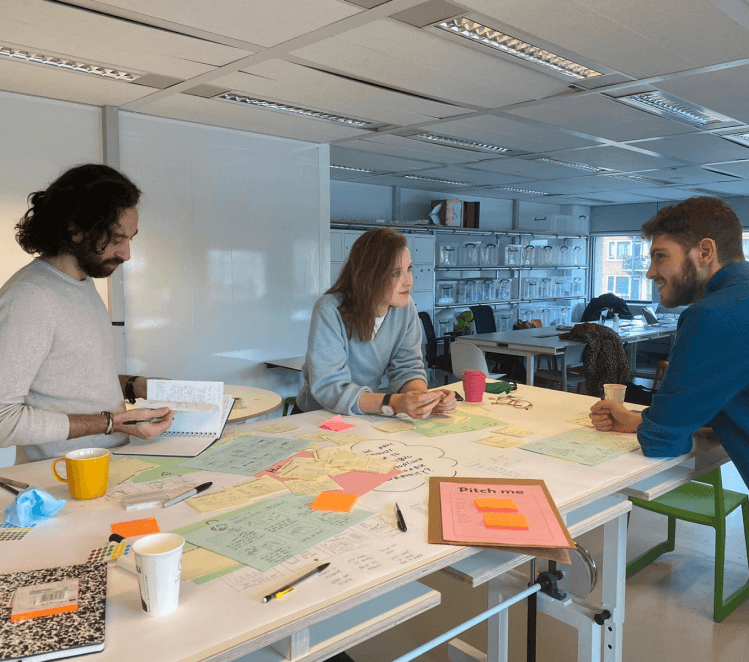

Early Externaliations
After the ideation session, we prototyped these concepts and through that gained greater insight into the positives and negatives of each of them. The “Scavenger Hunt” required a lot of effort to set up and was limited in the number of people that could take part in the experience at the same time. The “Beer Dating” app required a lot of curation of the delivered drinks from our client, something we already knew that they wanted to limit as much as possible. We then turned our focus to the “Delivery Box”.
Co-Design Workshop
Once we landed on the box as a concept, the first set of prototypes aimed to determine the level of mystery that was appropriate for our solution. One prototype was a plain cardboard box without any external identifiers of its contents. The next was a box that had silhouettes of different bottles on the outside, hinting on the variety of drinks inside. The last one leaned heavily on the mystery idea displaying various mysterious graphics on the outside.
We presented these boxes to our client in a co-design session and asked for their feedback. The concept with the most votes was the one with the bottle silhouettes.


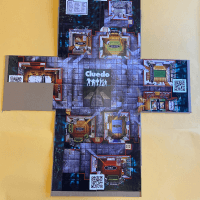

Prototyping
No Waste Challenge
In addition to the box, we designed a digital interactive experience where participants choose a set of everyday items to take with them on a deserted island. The catch? The more items are selected, the higher the water level rises and the island starts sinking. In the end we provide tips and sustainable alternatives to the selected items.
Finally, we included easily shareable illustrations for our user’s social media, liniking to the digital interactive experience.
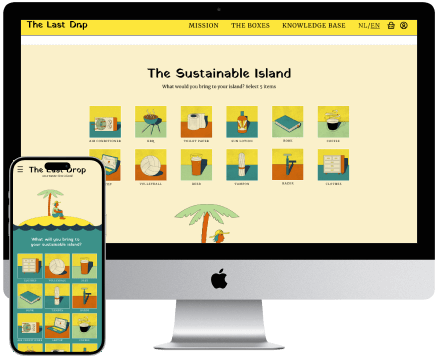
Final Solution
Seasonal Insert
The next step was to identify what “freebie“ would be preferred from our customers. We surveyed our focus group and asked them to choose between a complementary snack, an artwork, a digital game, an extra drink or info on recycling/sustainability.
The artwork struck the perfect balance between being sustainable, desirable to our focus group and logistically friendly for our client. In addition, it could be combined with a set of recycling and sustainable tips on the other side of the print
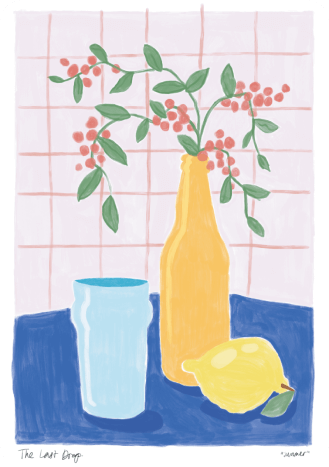
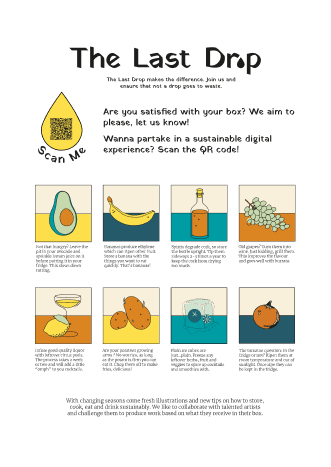


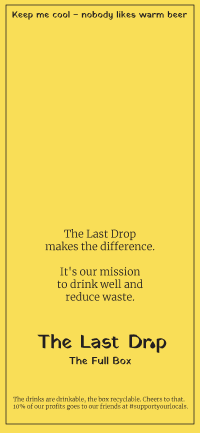
Labels & Branding
The next step was to identify what “freebie“ would be preferred from our customers. We surveyed our focus group and asked them to choose between a complementary snack, an artwork, a digital game, an extra drink or info on recycling/sustainability.
The artwork struck the perfect balance between being sustainable, desirable to our focus group and logistically friendly for our client. In addition, it could be combined with a set of recycling and sustainable tips on the other side of the print
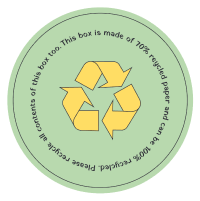
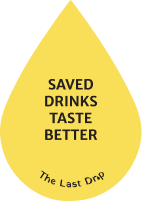
Website
The final component of our solution was a website that serves as a platform for potential clients to learn about the company’s services, investment strategies and performance.
It includes information about the company’s team, the investment process and the different services that the company offers. It also provides a way for potential clients to contact the company for further information, schedule a consultation or open an account. It also includes a login portal for existing clients to access their account information, access to educational resources and financial tools.
Overall, the website serves as a primary point of contact and a source of information for clients and potential clients of the wealth management company.
